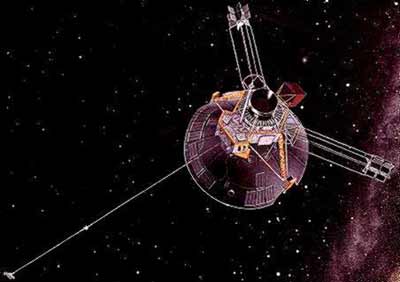Space Age

When Was The Last Time Humans Were On The Moon?
In recent years there was a rise in research on the problem of how humans can survive and work in house for prolonged and presumably indefinite periods of time. This query requires enter from the bodily and biological sciences and has now turn out to be the best problem (aside from funding) facing human house exploration. A basic step in overcoming this problem is making an attempt to know the effects and influence of long-term area journey on the human physique.
Space Law
Because weightlessness will increase the quantity of fluid in the higher a part of the physique, astronauts expertise elevated intracranial pressure. This seems to increase pressure on the backs of the eyeballs, affecting their form and slightly crushing the optic nerve. This impact was noticed in 2012 in a study using MRI scans of astronauts who had returned to Earth following no less than one month in space.
Such eyesight issues could possibly be a serious concern for future deep space flight missions, including a manned mission to the planet Mars. Crew residing on the International Space Station (ISS) are partially shielded from the space surroundings by Earth’s magnetic subject, because the magnetosphere deflects photo voltaic wind across the earth and the ISS. Nevertheless, solar flares are highly effective enough to warp and penetrate the magnetic defences, and so are nonetheless a hazard to the crew. The crew of Expedition 10 took shelter as a precaution in 2005 in a extra closely shielded part of the station designed for this objective.
In November 2019, researchers reported that astronauts skilled serious blood circulate and clot issues whereas onboard the International Space Station, primarily based on a six month research of 11 wholesome astronauts. The results may affect long-time period spaceflight, including a mission to the planet Mars, in accordance with the researchers. The engineering issues related to leaving Earth and creating house propulsion methods have been examined for over a century, and tens of millions of hours of analysis have been spent on them.
However, beyond the restricted protection of Earth’s magnetosphere, interplanetary manned missions are far more vulnerable. Lawrence Townsend of the University of Tennessee and others have studied the most powerful solar flare ever recorded. Radiation doses astronauts would receive from a flare of this magnitude may trigger acute radiation sickness and presumably even dying.


